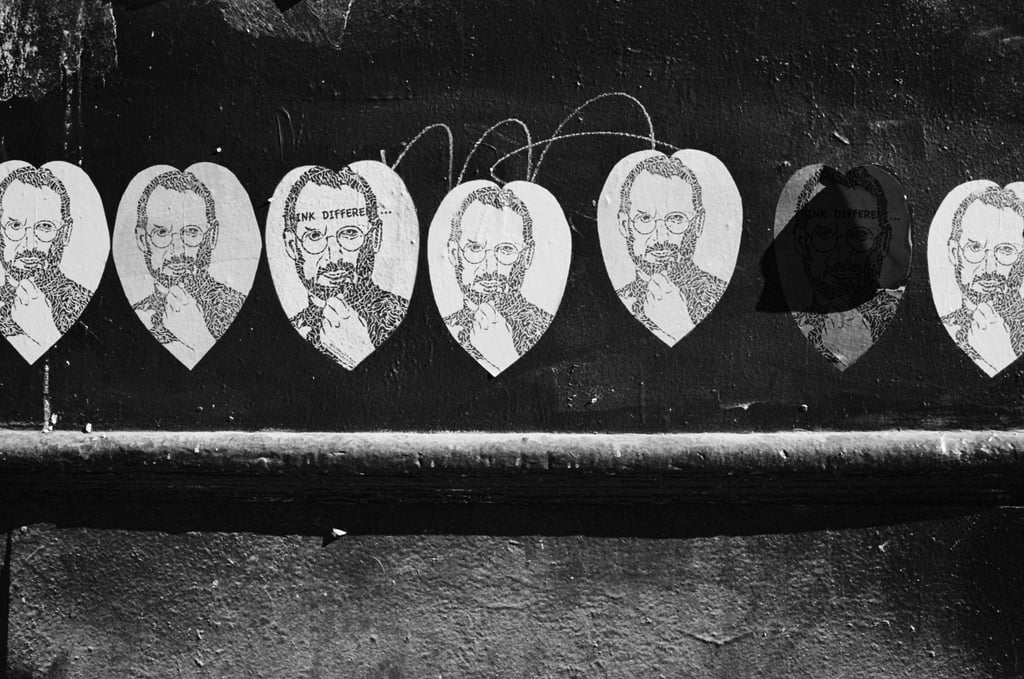

David Epstein is the New York Times bestselling author of The Sports Gene, an investigative journalist, and a long time contributor for Sports Illustrated where he co-authored the 2009 report that Yankees third baseman Alex Rodriguez had used steroids. He has also been a crime writer, has lived in the Sonoran desert, on a ship in the Pacific Ocean, and in the Arctic. Fortunately, it was in Soho, New York City that I was able to meet up with him where we talked about the intersection of sports and genetics, the physiology of elite athletes, why Kenyans are such great marathon runners, Belgian Blue cattle, the origins of cognitive ability, and how to find the world’s best fighter pilots or bob sled drivers.







